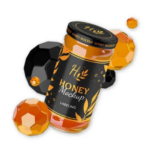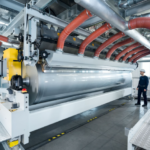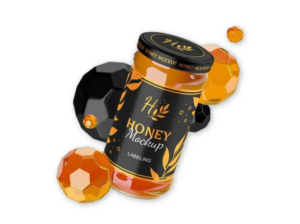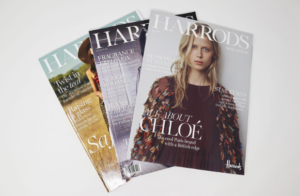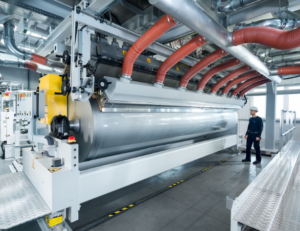BOPP film is the most in-demand packaging material due to its flexibility and durability. Its strength, versatility, and outstanding mechanical properties make it the best among others. Moreover, what if the packaging material is also cost-effective and eco-friendly?
These are the added perks that make you inclined towards buying a specific packaging material. Amazingly, global BOPP film manufacturers facilitate you with these benefits.
Let’s have a look at the reasons for the popularity of polypropylene films!
Reasons
- Amazing properties and benefits
- Wide variety of BOPP film rolls
- Compatible with countless industries
- Decorative purposes
- Printability
- Edge over paper packaging
- Distinctive polypropylene-based film
- Environmentally Friendly
BOPP Films Properties & Advantages
- They are flexible. Therefore, you can wrap them on various products.
- They are water, heat, and chemical resistant.
- Food-grade polypropylene films are safe for health.
- Above all, they are recyclable and eco-friendly.
- BOPP plastic films are lightweight and also easy to wrap.
- Equally important, these films increase the shelf life of edibles.
- To conclude, BOPP films are cost-effective, strong, versatile, and durable.
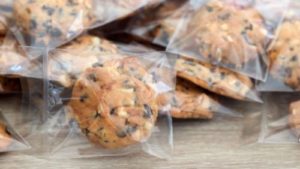
Figure 1 Food Grade BOPP Film
BOPP film rolls possess the following astonishing characteristics:
- Heat sealable
- Ideal surface gloss
- Moisture-resistant
- Anti-static
- Low toxicity
- Anti-fogging
- Printable
- Extended shelf life
- Solvent & acid-resistant
- Durable
Due to the increasing controversies against the use of plastic, plastic has become taboo. Authorities have banned single-use plastic. To overcome this problem, global BOPP film manufacturers use polypropylene as their raw material. Polypropylene emits the lowest carbon dioxide in contrast with other plastics.
BOPP film manufacturing process is also safe for the environment. This process uses less energy. As the emphasis on energy conservation is increasing, BOPP is taking over conventional (plastic) packaging.
Moreover, BOPP is among the recyclable materials. Therefore, BOPP film manufacturing process takes place without toxic emissions, halogens, or toxic wastes. Thus, causing no hazardous effect on the environment.
The Manufacturing Process of Bopp Film
BOPP is a multi-layer film having polypropylene at its core with several additional layers. When polypropylene is orientated in two directions, it guarantees that the resulting BOPP film has excellent mechanical properties and durability in both these directions
Layers of BOPP film may also contain a combination of appropriate functional additives and polymers that determine its barrier properties, whiteness, opacity, gloss, or matting. So, the manufacturer is in complete control of film properties.
A BOPP film can be produced by several methods but three processes are most commonly used. These include the Tubular process and Tenter Frame Sequential process.
1)Tubular Process
In this process, BOPP film manufacturers create the sheet by extruding a thick plastic tube. After that, the tube passes through the stretching heaters and inflates into a tubular bubble.
Then the bubble is compressed, and the lay-flat stretches and gives the sheet its required thickness. Nevertheless, this process is not as commonly used as the tenter frame process.
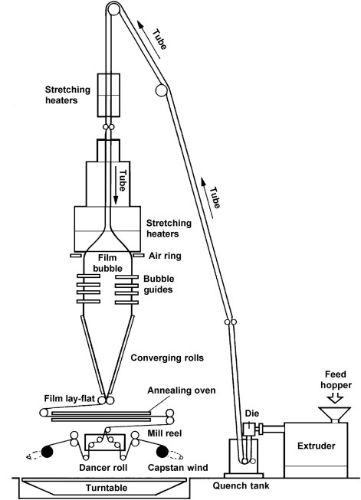
Figure 2 Tubular Process
2)Tenter Frame Process
In this BOPP film manufacturing process, a thick plastic sheet is softened at a low temperature. Then it is 300 – 400% stretched in two directions.
There are two methods for the biaxial orientation – simultaneous or sequential. In the tubular process and some new-technology tenter frame processes, simultaneous orientation forms BOPP sheets.
However, most commonly, BOPP film manufacturers use sequential orientation to form polypropylene films.
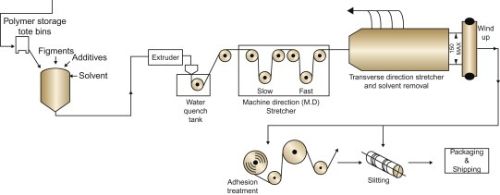
Figure 3 Tenter Frame Process
Polypropylene Film Types
BOPP is available in many types. Namely:
- Clear BOPP Plastic Film
These transparent films are most commonly used for food packaging, for example, pulses, nuts, fresh fruits, vegetables & meat, cookies, etc.
- Pearlized BOPP Film
Ideal for printing and is a perfect inner sealant for products like chocolate, ice cream, and labels for soda drinks.
- BOPP Thermal Lamination Film
It is an ideal solution for two-sided printing. These films are usually used for brochures, shopping bags, textbooks, leaflets, etc.
- Matte Polypropylene Film
This film is also suitable for printing. It is appropriate for cable wrapping, printed pouches, and strip packaging.
- Printable White BOPP Film
White BOPP plastic film gives fantastic printing results. Also, the fast colors with accurate printing enhance the quality of pouches and labels.
- BOPP Film for Adhesive Tape
The versatile properties of BOPP plastic make it adequate for coating and printing. Therefore, manufacturers prefer using these films to create self-adhesive tapes. Furthermore, you can custom-print these tapes as well.
- Heat Sealing Film
These films are a perfect solution for applications that require solid and durable sealing. You may get variations in the sealing properties. Some may seal at low temperatures, while some may give you the flexibility to clinch a single side.
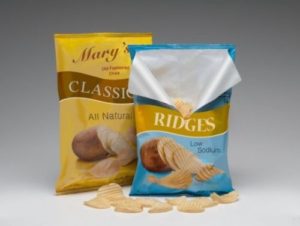
Figure 2 White BOPP Film Packaging
BOPP Films Applications
BOPP films are widely used in the packaging industry. If we see in a broad spectrum, they are suitable for:
- Bags and pouches
- Labels
- Wrapping
- Adhesive tapes
Let’s elaborate on these four categories. For instance, polypropylene films are functional for:
- Packing personal care products
- Tamper evident films
- BOPP labels
- Adhesive tape
- Food and beverage packaging
- Cigarette packaging
- Medical packaging
- Lamination
- Decorative and industrial applications
- Gift wrapping
- Flower sleeves
- Bagging
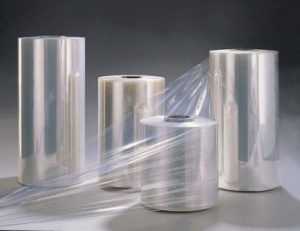
Figure 3 Flexible Packaging with BOPP Film
How to Print a BOPP Film?
BOPP films are incredibly versatile and that’s what makes them so good for printing labels. They can be simply white, clear, or transparent, and even metal-colored. With clear BOPP film, transparent labels can be easily created. These are ideal for businesses that want to show the contents of their products with clear containers. By using certain adhesives and inks, BOPP labels can be made waterproof.
The recommendations to print a polypropylene film are:
- Flexography printing
- Digital printing
- Rotogravure printing
- Lithography printing
Choosing a specific printing technique depends on your budget, material, design, and graphics.
King Chuan Packaging facilitates you with numerous BOPP plastic films. Therefore, you can choose the best-suited printing method to print your particular BOPP film roll.
However, the most common printing technique that gives you the best results is flexography printing.
Be creative! Print your BOPP Films Label to Captivate the Buyer’s Attention
Another reason behind the increasing popularity of BOPP film rolls is their printability. Beautifully printed BOPP labels are an ideal solution for brands to promote their name.
Purpose of Labels
Consequently, brands use BOPP labels to:
- Promote their name
- Showcase company’s contact details
- Beautify the packaging
- Captivate buyer’s attention
- Provide you with the product’s specifications
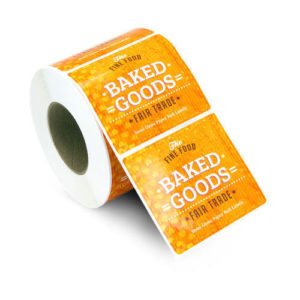
Figure 4 Printed BOPP Labels
Types of BOPP Labels
These labels can be:
- White
- Metallized
- Transparent or opaque
- Flexible and squeezable (for tubes)
Not only labels, but you can get printed plastic bags, pouches, wraps, and tapes as well.
Customized BOPP Labels
Do you want customized prints on the BOPP labels?
It is not a big deal. BOPP film manufacturers facilitate you with the opportunity to have custom-made labels.
You can have your brand name, product details, and contact information on the label. As a result, this label is a promotional tool for your brand.
Difference between Paper and BOPP Film Packaging
There are two types of BOPP film manufacturing processes – tubular or tenter frame process. In both methods, the BOPP film manufacturers stretch the film in two directions to make it strong, tensile, and durable.
On the other hand, paper is not as flexible and robust as plastic.
Secondly, polypropylene film is resistant to water, oil, and chemicals. In contrast, paper cannot resist fluids.
A BOPP film is scratch and wear-resistant, unlike paper.
Is Bopp Film Recyclable?
Yes, the Biaxially oriented polypropylene film is recyclable. They have a low density yet excellent stiffness that allows for thin yet durable BOPP films. While recycling, it doesn’t degrade as much as other films. BOPP films can be easily recycled by mixing them in a polypropylene recycling stream. Almost every product made from polypropylene (including BOPP) can be recycled into polymer pallets that can be used for a variety of industrial and commercial applications.
Advantages of Choosing Our Recyclable Packaging Films:
- It Protects the Environment: Our recyclable BOPP film packaging is good for the environment as it helps in preserving our precious natural resources. Not only can recyclable BOPP films meet your financial goals, but they can also help you contribute to the environment.
- Ensures That the Packaging Is Free of Toxins and Allergens: Traditional packaging materials are manufactured from chemical-laden and synthetic materials that are unhealthy for the consumers as well as harmful for the manufacturers. Our BOPP film packaging is completely non-toxic and free of all types of allergens.
- Stunning, Durable, and Eco-Friendly Bopp Films Can Lead to Increased Sales: The demand for eco-friendly products has been growing for the last few decades. Today’s environmentally conscious consumers prefer eco-friendly products that do not harm their health and the environment in any way. Choosing stunning and durable BOPP films for your packaging needs can help you attract more customers to your business.
- BOPP Packaging Films Are Flexible and Versatile: Eco-friendly BOPP films are some of the most versatile packaging options out there. They can be easily recycled to be used in many other industries. Whether you want a perfect film for medical packaging or personal care product packaging, there will be a suitable BOPP film to meet your packaging needs.
- Our Highest Quality BOPP Films Can Help Enhance Your Brand Image: Having high-quality eco-friendly packaging material like BOPP films on the products can help you create a good brand image for your business. This will also show the customers that they are dealing with a responsible company that cares about the environment.
Upcoming Trends for BOPP Films
The rapidly growing packaging industry is increasing the demand for packaging material.
Because of its extraordinary qualities, BOPP plastic film is taking over traditional packaging materials (metal and paper).
Furthermore, the packaging industry prefers using polypropylene films as they are easy to use and lightweight.
According to recent research, the international market demand for BOPP film was $24.2 billion in 2020. It is projected that, by 2025, it will grow to $31.4 billion.
Hence, these statistics show that investing in the plastic industry is profitable. Indeed, your business will get a boost by dealing in eco-friendly BOPP plastic film rolls.
For example, if you are related to food packaging, BOPP is an appropriate solution for you. Highly sterilized BOPP films are food safe. Additionally, they prevent food from contamination.
These easy to wrap films are widely used for pet food, baby food, frozen meals, etc. Briefly, your investments are secure while dealing with polypropylene films.
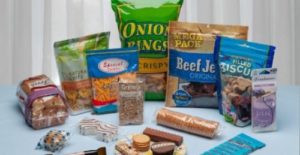
Figure 5 Food Packaging with BOPP Film
Final Verdict
As mentioned, BOPP films cover all the aspects of life, so it is eventually the best choice! We are positive that now when you know a long list of benefits of polypropylene film, your next choice in business or daily chores will be BOPP films. Get started right away, and don’t miss out on these fantastic compensations.

